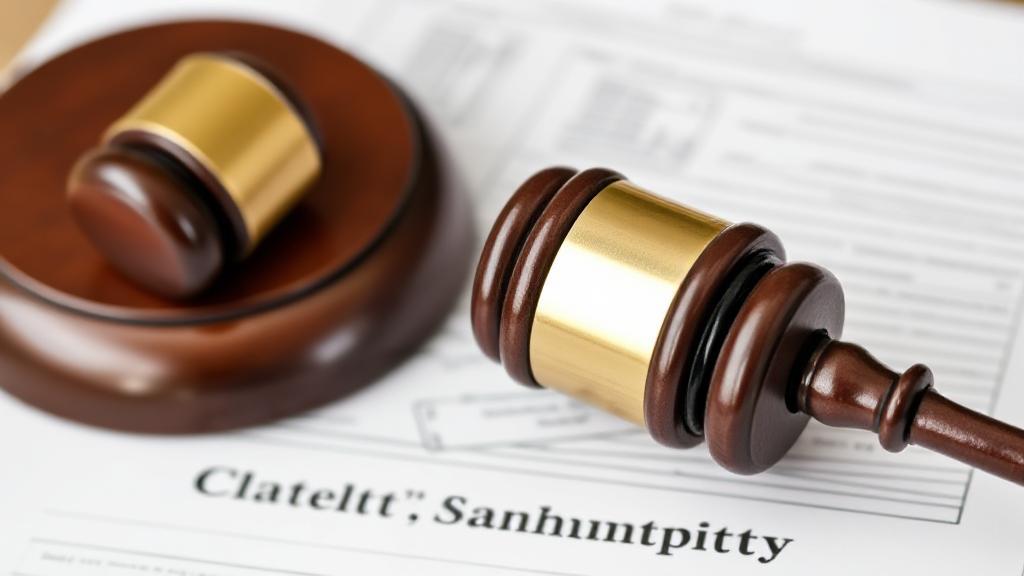What is Chapter 7 Bankruptcy?
Chapter 7 bankruptcy, often referred to as "liquidation bankruptcy," is designed to help individuals eliminate most of their unsecured debts. This legal process involves a court-appointed trustee who may sell some property to pay creditors, though most people keep their property through exemptions provided by state and federal law.
Key Features and Benefits
- Debt Discharge: Most unsecured debts, such as credit card debt, medical bills, and personal loans, can be discharged
- Immediate Protection: Automatic stay stops creditor harassment
- Quick Process: Typically completed within 3-6 months
- No Repayment Plan: Unlike Chapter 13, there is no repayment plan required
- Future Income: You retain all future income
Eligibility Requirements
To qualify for Chapter 7 bankruptcy, you must pass the "means test," which compares your income to your state's median income. You can check your eligibility through the U.S. Courts website.
Common Eligibility Barriers
- Income above state median
- Previous bankruptcy discharge within last 8 years
- Dismissed bankruptcy case within last 180 days
- Failing to complete credit counseling
The Chapter 7 Bankruptcy Process
- Credit Counseling: Complete a credit counseling course from an approved provider within 180 days before filing
- Filing the Petition: Submit bankruptcy petition with schedules of assets, liabilities, income, and expenses
- Automatic Stay: Once filed, an automatic stay halts most collection activities
- Trustee Appointment: A trustee is appointed to manage the case
- 341 Meeting: Attend a meeting of creditors where the trustee and creditors can ask questions
- Asset Liquidation: Non-exempt assets may be sold to pay creditors
- Debt Discharge: Typically occurs within 3-6 months
Property Exemptions
Most states allow you to keep certain assets through exemptions:
| Property Type | Typical Exemption Range |
|---|---|
| Home equity | $15,000 - $175,000 |
| Vehicle | $2,000 - $7,500 |
| Personal property | $5,000 - $15,000 |
| Retirement accounts | Unlimited |
Common exemptions include:
- Homestead Exemption: Protects equity in your primary residence
- Vehicle Exemption: Protects equity in a vehicle
- Personal Property: Includes clothing, household goods, and tools of the trade
Non-Dischargeable Debts
Important: Some debts cannot be eliminated through Chapter 7 bankruptcy, regardless of circumstances.
These typically include:
- Most student loans
- Recent tax debts
- Child support and alimony
- Court-ordered restitution
- Debts obtained through fraud
After Bankruptcy
Rebuilding Credit
- Monitor your credit report
- Consider a secured credit card
- Make all payments on time
- Maintain steady employment
- Save for emergencies
Long-Term Impact
- Remains on credit report for up to 10 years
- Initial difficulty obtaining new credit
- Possible higher insurance rates
- May affect employment in financial sectors
Alternatives to Consider
Before filing Chapter 7, explore these options:
- Debt consolidation
- Credit counseling
- Debt settlement
- Chapter 13 bankruptcy
- Debt management plans
For further reading, consider visiting resources like Nolo's Chapter 7 Bankruptcy Guide or the American Bankruptcy Institute.
